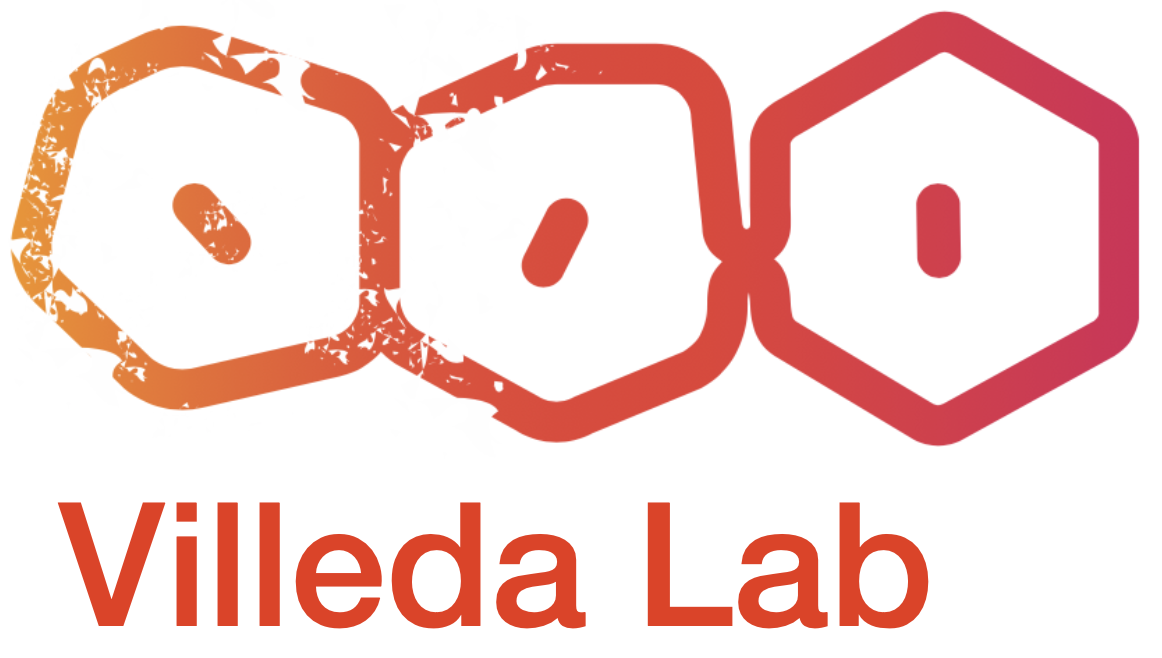Aging drives cognitive impairments and susceptibility to dementia-related neurodegenerative diseases, including Alzheimer’s disease. We, and others, have shown that systemic interventions such as exercise, caloric restriction, heterochronic parabiosis (in which the circulatory systems of young and old animals are joined), administration of young blood plasma or administration of exercise-induced blood factors can functionally rejuvenate the aged brain. Systemic intervention studies have revealed an age-dependent bi-directionality in the influence of the systemic environment indicating both pro-youthful and pro-aging circulating factors in blood. These findings posit blood-based strategies targeting circulating factors as exciting new approaches to promote brain rejuvenation.
Our lab is interested in understanding what drives functional and cognitive impairments in the aging brain, and importantly how the effects of aging can be reversed in the old brain through systemic interventions. Specifically, we are investigating the following hallmarks of brain aging in the adult hippocampus:
- Impaired Synaptic Plasticity
- Decreased Regenerative Capacity
- Increased Neuroinflammation
- Disrupted Vascular Integrity
Our goal is to elucidate cellular and molecular mechanisms that can be targeted for novel therapies to prevent, ameliorate and reverse dementia-related neurodegenerative diseases in the elderly.

